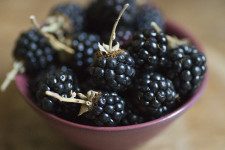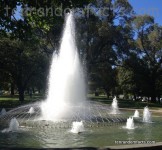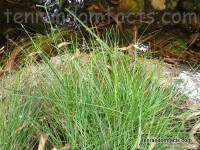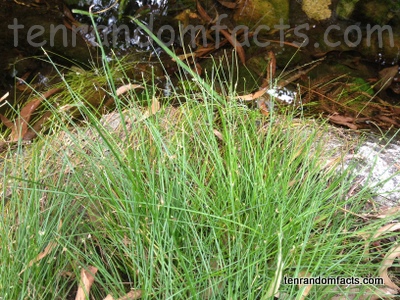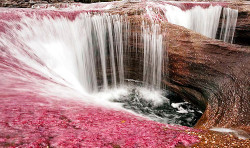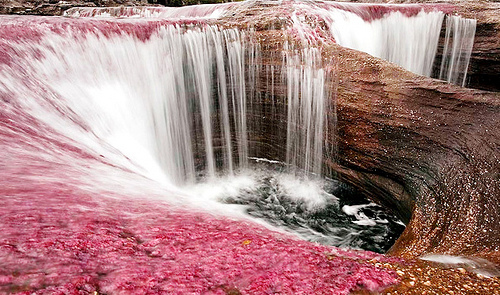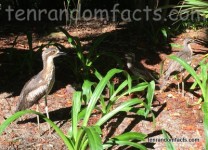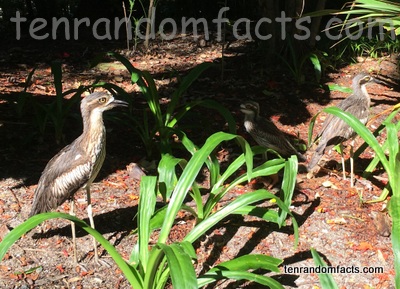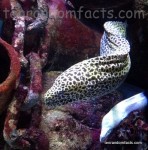
One could say laced morays are indeed prettier than their relatives.
- Laced morays are a species of eel, native to the waters of the Indian Ocean and the west Pacific Ocean.
- ‘Laced morays’ are also known as ‘tessellate morays’, ‘leopard morays’, ‘giraffe eels’, and ‘honeycomb morays’.
- The scientific name of a laced moray is Gymnothorax favagineus and it is from the family Muraenidae, the family of moray eels.
- The skin of a laced moray has a base colour of white or cream, spotted with irregular black shapes that vary, depending on its habitat as well as its age, and the spots are usually smaller in older eels.
- Laced morays can reach a length of 1.8 metres (6 feet), although some claim specimens reaching 3 metres (9.8 feet) exist.
- Laced morays typically live in tropical reef areas, and if the surrounding waters are of an increased clarity, they will generally feature lighter coloured spots.
- Laced morays are active during night hours, and they generally rest in cavities and crevices during daylight.
- The diet of laced morays consists primarily of small fish, crabs, squid-like molluscs and shrimp.
- Laced morays have a habit of moving with their mouths open, which allows the gills to retrieve water necessary for breathing.
- Although they rarely attacks humans, laced morays can produce a strong bite due to their teeth that are sharp.
Bibliography:
Gymnothorax favagineus Bloch & Schneider, 1801, n.d, FishBase, http://www.fishbase.org/summary/5391
Honeycomb Moray, n.d, Melbourne Sealife Aquarium, https://www.melbourneaquarium.com.au/explore/coral-atoll/honeycomb-moray/
Laced Moray, 2015, Wikipedia, https://en.wikipedia.org/wiki/Laced_moray





